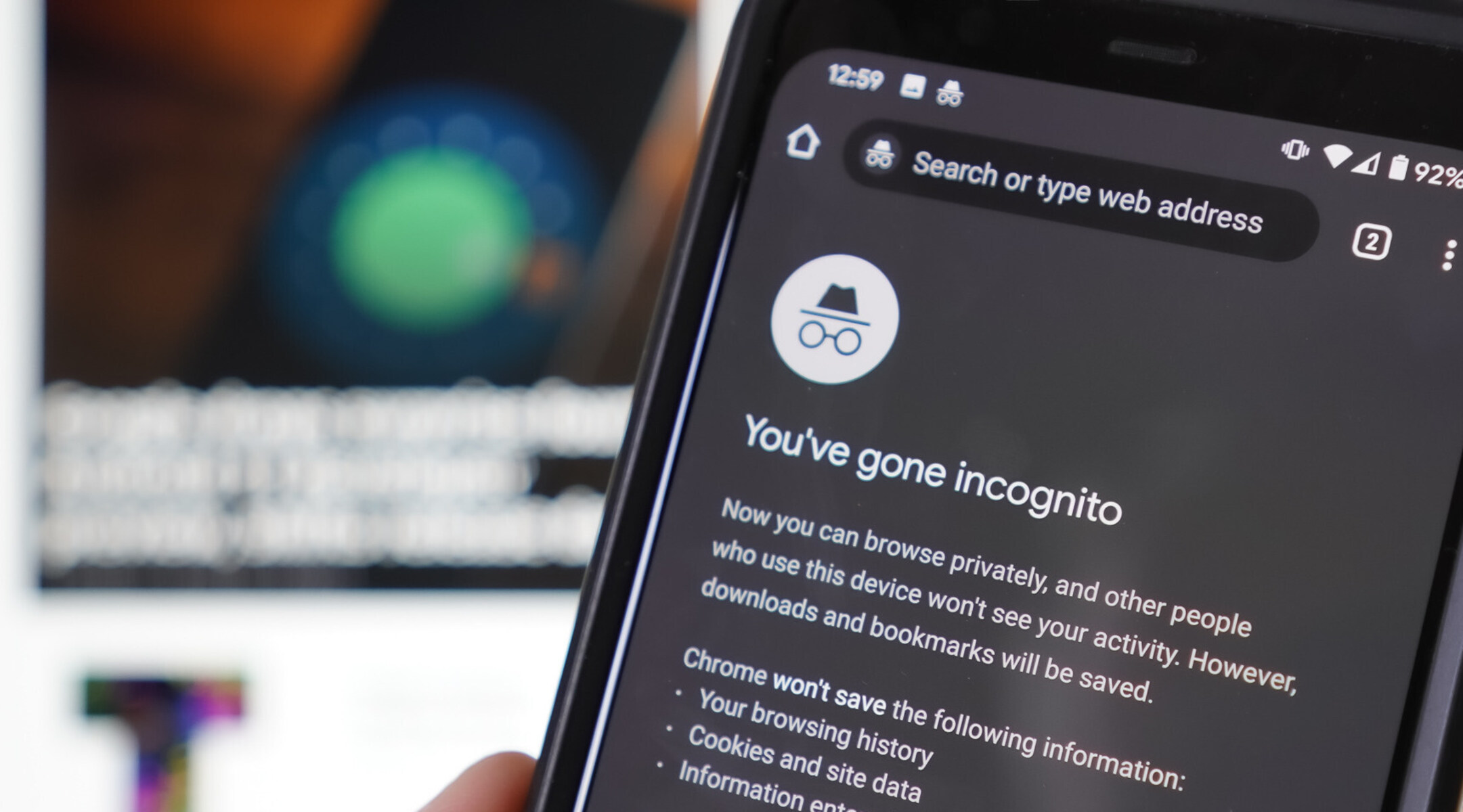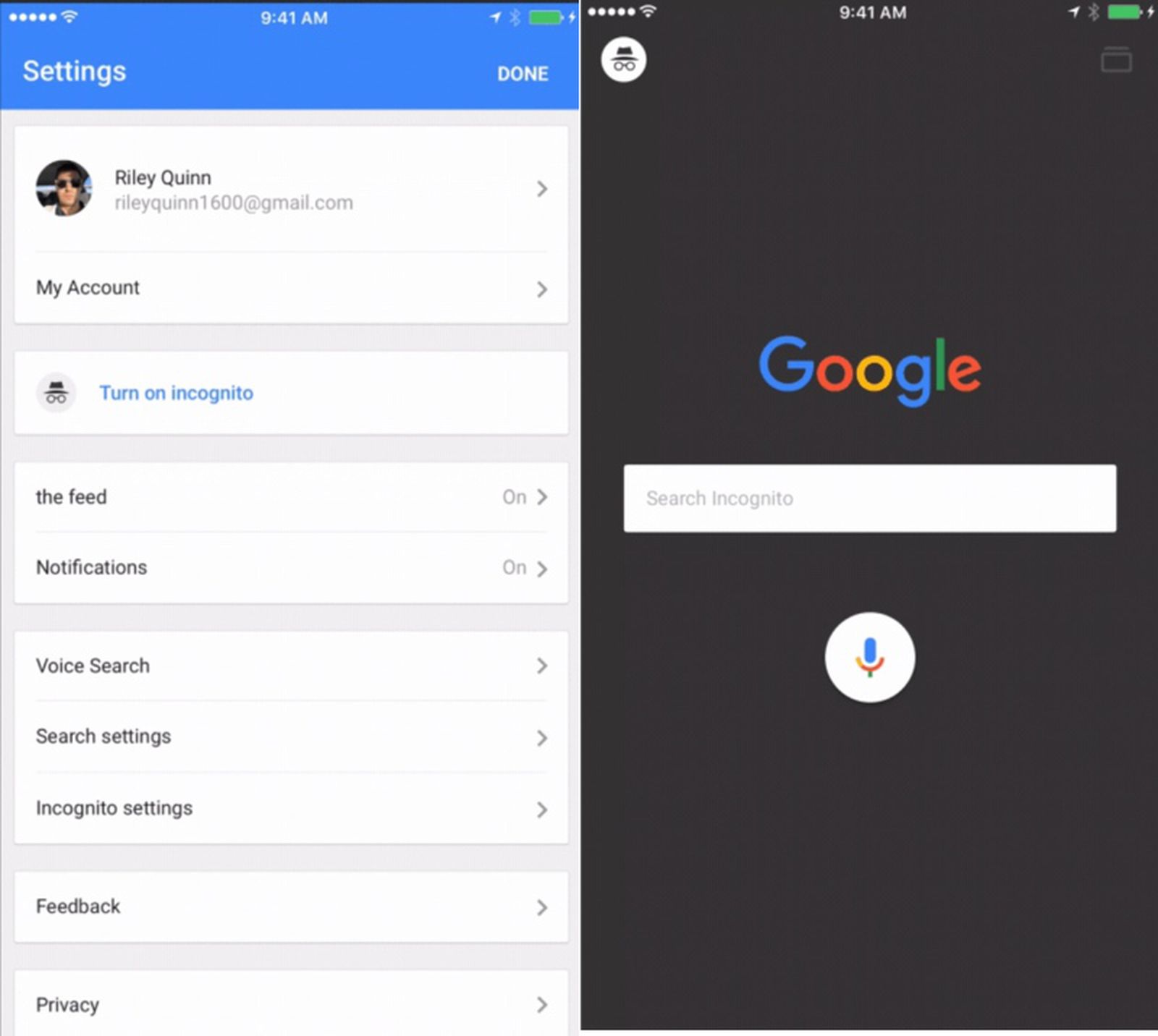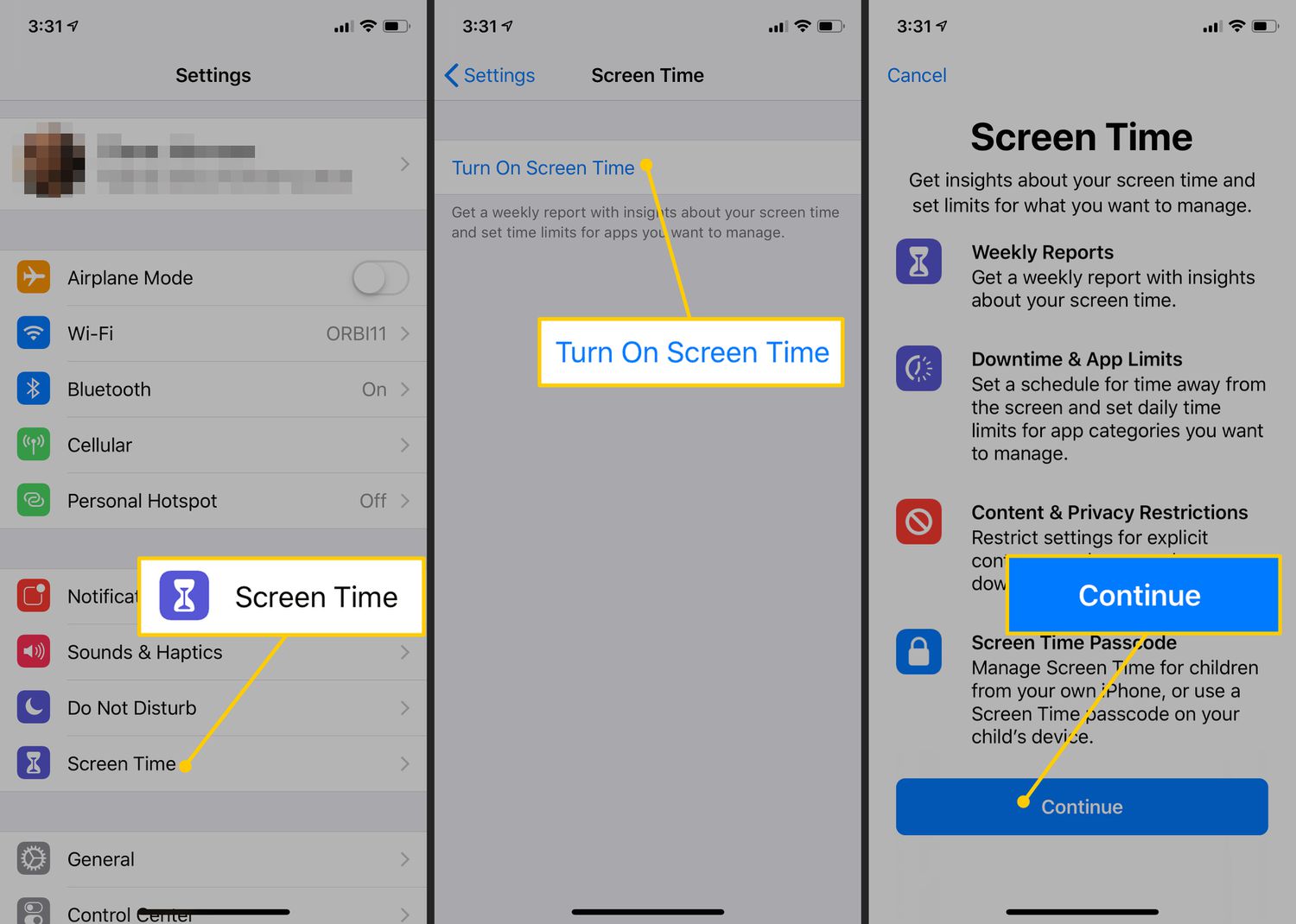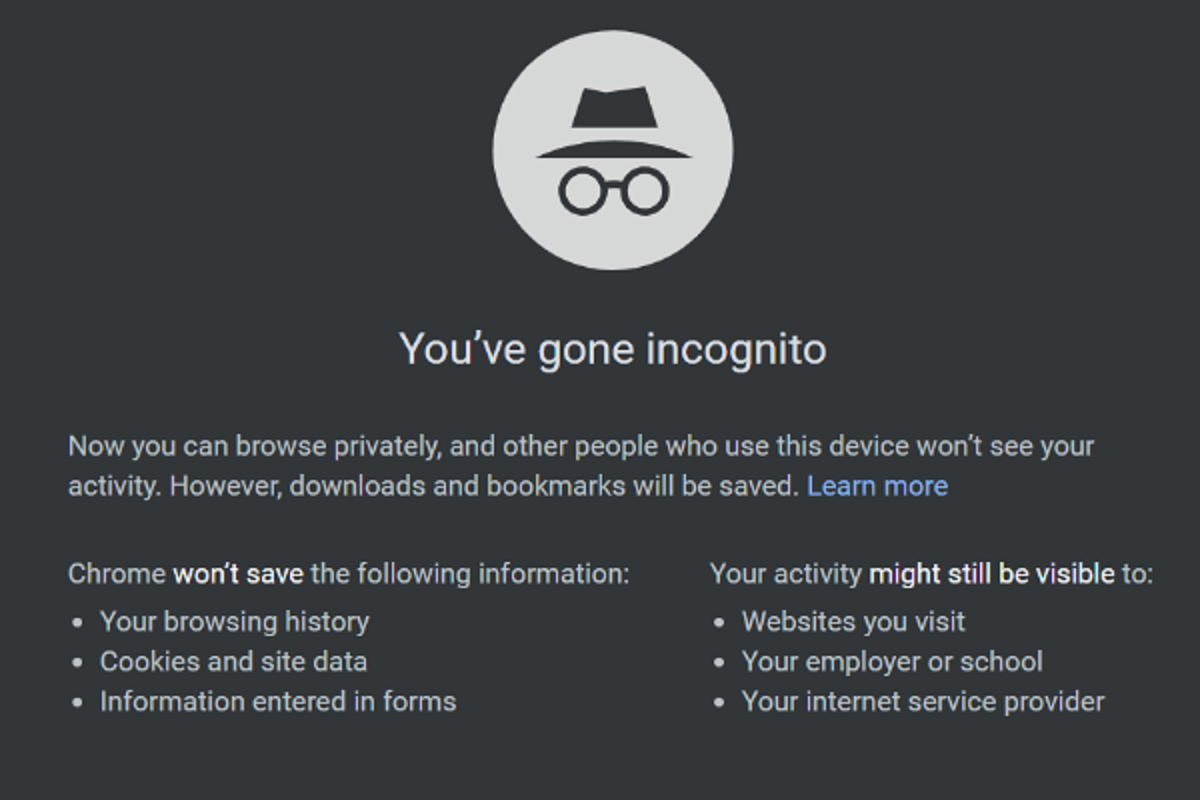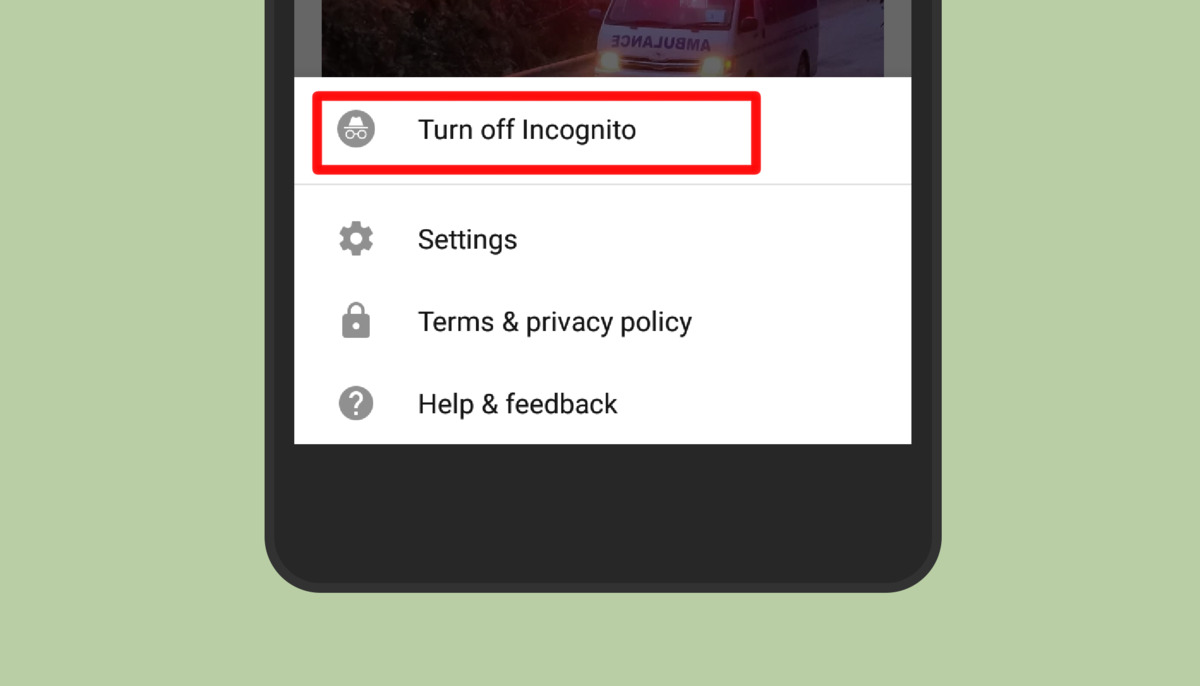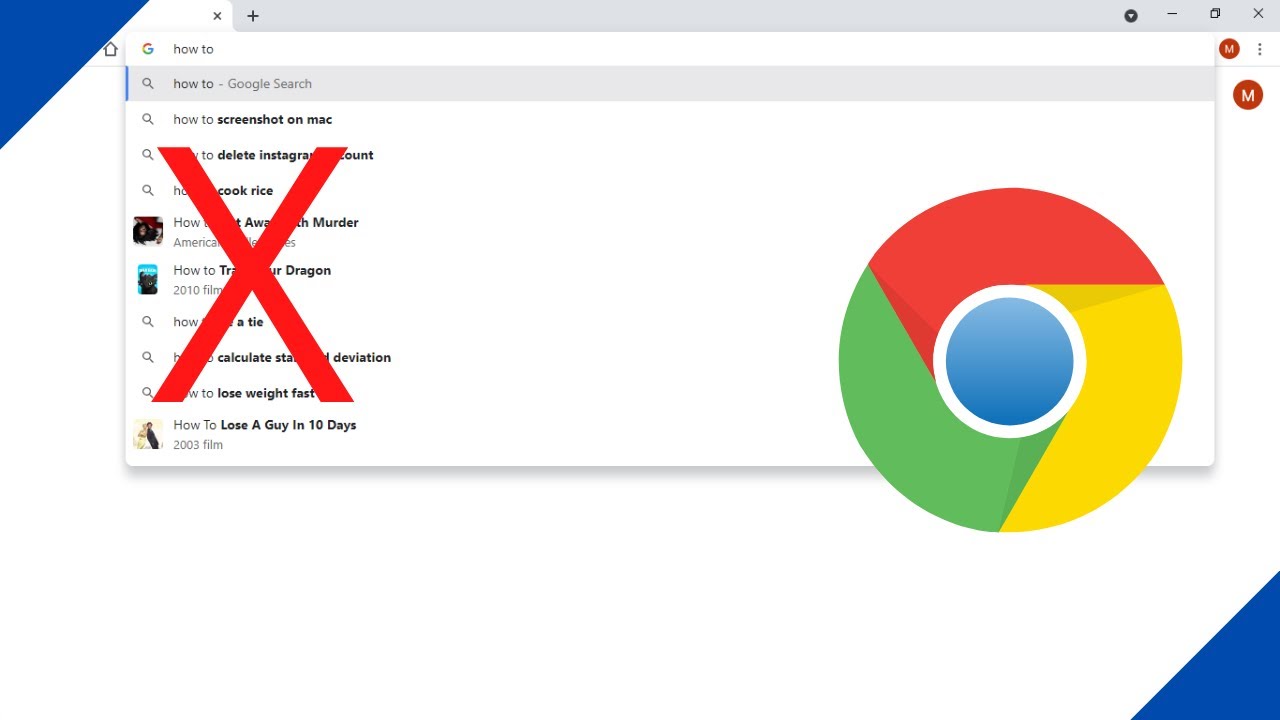Introduction
Google Chrome is one of the most popular web browsers in the world, known for its speed, simplicity, and user-friendly interface. It offers a range of features to enhance the browsing experience, including incognito mode, also known as private browsing. This mode allows users to browse the web without leaving a trail of history, cookies, or other browsing data on the device. While this feature can be incredibly useful for maintaining privacy, there are times when you may want to turn it off.
In this article, we will explore the steps to disable private mode on Chrome. Whether you accidentally enabled it and are unsure how to revert to regular browsing or simply want to switch back to standard mode, we've got you covered. By following the simple instructions outlined in this guide, you'll be able to navigate Chrome's settings and disable private mode with ease.
So, if you're ready to regain access to your browsing history, cookies, and other data, let's dive into the process of turning off private mode on Chrome.
Accessing Chrome's Settings
Accessing Chrome's settings is the first step towards turning off private mode. Chrome provides a straightforward way to access its settings, allowing users to customize their browsing experience to suit their preferences. Whether you're using Chrome on a computer or a mobile device, the process of accessing settings remains consistent.
On Computer:
-
Using the Menu:
- At the top right corner of the Chrome window, you'll find three vertical dots arranged in a line. This is the menu button.
- Click on the menu button to reveal a dropdown list of options.
- From the dropdown list, select "Settings." This will open a new tab displaying Chrome's settings.
-
Direct URL:
- Alternatively, you can type "chrome://settings/" (without quotes) into the address bar and press Enter. This will directly take you to Chrome's settings page.
On Mobile Device:
-
Using the Menu:
- On your mobile device, open the Chrome app.
- Tap the three-dot menu icon located in the top-right corner of the screen.
- From the menu, select "Settings." This will open the settings page within the Chrome app.
-
Direct URL:
- You can also access the settings by typing "chrome://settings/" into the address bar and tapping Go. This will lead you to the settings page.
Once you've successfully accessed Chrome's settings, you're ready to proceed with turning off private mode. The settings page offers a wide range of options for customizing your browsing experience, from managing privacy and security settings to configuring site permissions and more. It serves as the central hub for controlling various aspects of Chrome's functionality, making it easy for users to tailor the browser to their specific needs.
Now that you know how to access Chrome's settings on both computers and mobile devices, let's move on to the next step: turning off private mode.
Remember, accessing Chrome's settings is the gateway to unlocking a wealth of customization options, and it's the starting point for making changes to your browsing experience. Whether you're a seasoned Chrome user or just getting started, familiarizing yourself with the settings page is essential for maximizing the browser's potential.
Turning Off Private Mode
Now that you've successfully accessed Chrome's settings, it's time to delve into the process of turning off private mode. Whether you've been using incognito mode for a specific purpose and are ready to return to regular browsing or simply want to disable it for the time being, Chrome makes it easy to make the switch.
Disabling Private Mode on Computer:
-
Navigate to the Privacy and Security Section:
- Within Chrome's settings, locate and click on the "Privacy and security" tab in the left-hand menu. This section houses various privacy-related settings, including those pertaining to incognito mode.
-
Manage Site Settings:
- Under the "Privacy and security" tab, click on "Site settings." This will open a new page where you can manage permissions for individual websites, as well as configure settings related to cookies, pop-ups, and more.
-
Access the Incognito Mode Setting:
- Scroll down to find the "Additional content settings" section and click on "Insecure content." Here, you'll find the option to toggle off "Allow in incognito." By disabling this setting, you effectively turn off incognito mode.
Disabling Private Mode on Mobile Device:
-
Access Site Settings:
- Within the Chrome app's settings, tap on "Site settings." This will open a page where you can manage permissions for websites and make adjustments to various browsing-related settings.
-
Navigate to the Privacy Section:
- Scroll through the site settings until you find the "Privacy" section. Here, you'll find options related to cookies, location access, and more.
-
Disable Incognito Mode:
- Look for the setting labeled "Insecure content" or a similar option that pertains to incognito mode. By toggling off this setting, you effectively disable private browsing on your mobile device.
By following these simple steps, you can easily turn off private mode on Chrome, whether you're using a computer or a mobile device. Once disabled, your browsing activity will be recorded in the browser's history, and cookies will be stored as usual. This can be particularly useful if you need to access previously visited websites or want to maintain a record of your browsing activity.
Remember, while private mode offers a level of anonymity and privacy, it's important to weigh the benefits of regular browsing, which allows for a personalized and convenient web experience. By understanding how to switch between private and standard browsing modes, you can make the most of Chrome's versatile features and tailor your browsing experience to suit your needs.
So, whether you're ready to disable private mode for a specific browsing session or on a more permanent basis, the process is straightforward and can be easily accomplished within Chrome's settings.
Conclusion
In conclusion, understanding how to turn off private mode on Chrome empowers users to seamlessly transition between private and standard browsing modes, catering to their specific needs and preferences. By accessing Chrome's settings and navigating through the privacy and security options, users can easily disable private mode, allowing their browsing activity to be recorded in the browser's history and cookies to be stored as usual.
The ability to switch between private and standard browsing modes offers a balance between privacy and convenience. While private mode ensures anonymity and prevents the storage of browsing history and cookies, regular browsing allows for a personalized and convenient web experience, providing access to previously visited websites and maintaining a record of browsing activity.
By familiarizing themselves with Chrome's settings and the process of turning off private mode, users gain greater control over their browsing experience. Whether they need to disable private mode for a specific browsing session or on a more permanent basis, the straightforward steps outlined in this guide enable them to make the switch effortlessly.
Furthermore, the flexibility to disable private mode on both computer and mobile devices ensures that users can tailor their browsing experience across various platforms. This versatility underscores Chrome's commitment to providing a user-friendly and customizable web browsing environment, catering to the diverse needs of its users.
Ultimately, the process of turning off private mode on Chrome is a simple yet valuable skill that empowers users to make informed decisions about their browsing privacy and convenience. By following the steps outlined in this guide, users can confidently navigate Chrome's settings and effortlessly transition between private and standard browsing modes, maximizing the browser's potential to suit their individual preferences.
In essence, the ability to disable private mode on Chrome underscores the browser's commitment to empowering users with control over their browsing experience, ensuring that privacy and convenience are seamlessly integrated into the web browsing journey.









